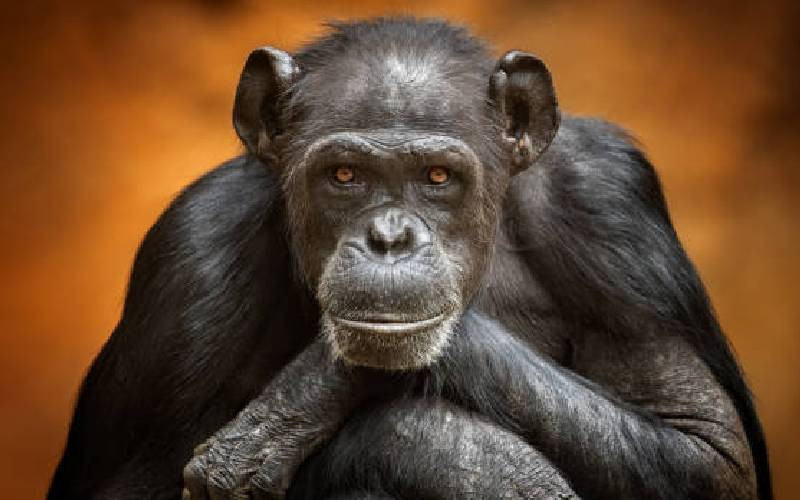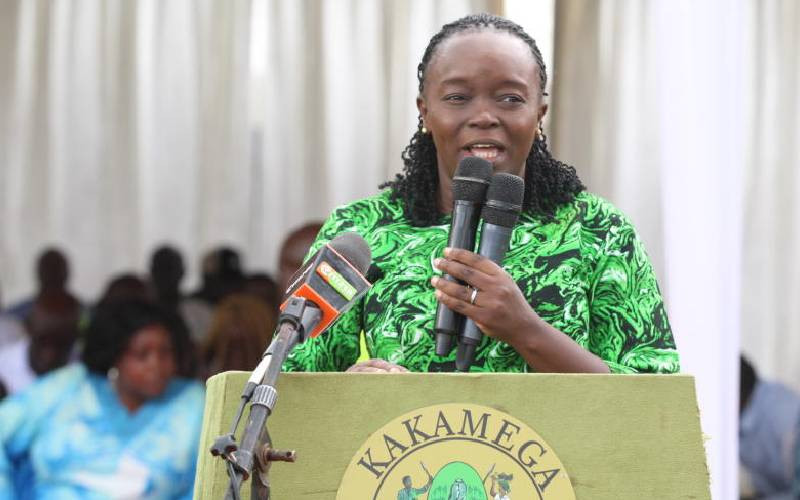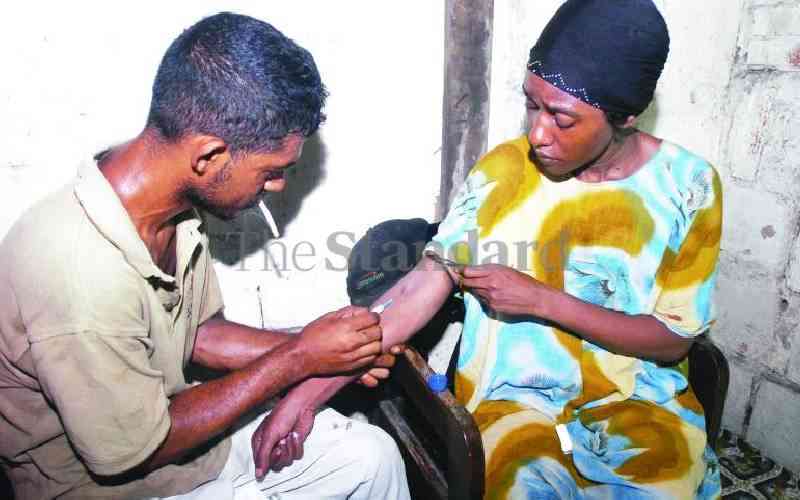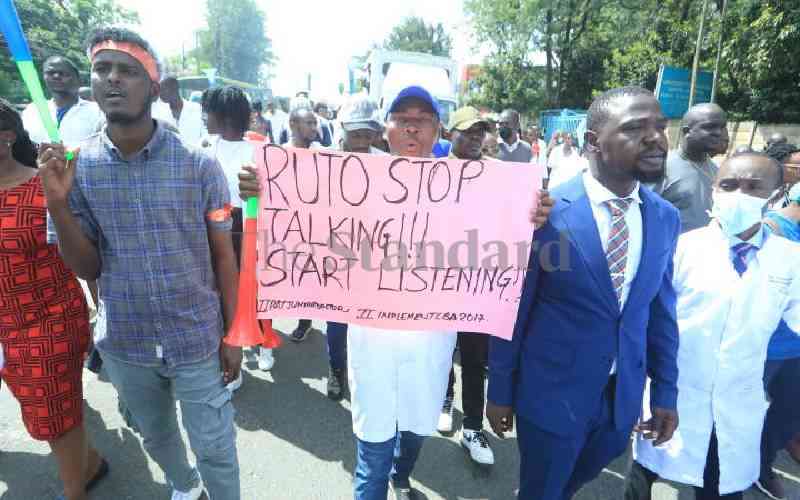
Endangered great apes get malaria, just like humans. New evidence from wild bonobos shows the infection harms them, too.
New research has revealed that wild bonobos, an endangered great ape species, can contract malaria, a disease previously thought to affect only humans.
The study, conducted by scientists at Washington University in St. Louis, found that malaria infection can cause anemia and weight loss in bonobos, leading to a higher risk of death.
The discovery of malaria in great apes is a cause for concern as these animals are already facing multiple threats to their survival, including habitat loss and poaching.
The new evidence is concerning for endangered great apes, who are already at risk due to multiple threats to their survival.
Scientists know that malaria infection is widespread across the geographic ranges of wild chimpanzees and gorillas in fact, the African great apes harbour at least 12 different Plasmodium species, seven of which are closely related to the human parasite that causes about 95 per cent of human deaths.
But a certain kind of ape, the bonobo, so far has escaped infection in all but two locations where researchers have studied them in the wild.
Scientists compared infected populations - where 38 per cent of bonobos had detectable parasite DNA in their faeces - to uninfected bonobos from 10 other sites across their natural range in the Democratic Republic of Congo.
- WHO: Liberia, Benin, Sierra Leone roll out malaria vaccine
- Mass mosquito net distribution kicks off in Tana River County
- WHO endorses new malaria vaccine for African infants
- Saving lives of pregnant mothers, one backpack at a time
Keep Reading
Scientists are now calling for urgent action to prevent the spread of malaria among wild great apes and protect their habitats.
"We don't yet have a good handle on the symptoms and mortality risk," said Emily Wroblewski, an assistant professor of biological anthropology in Arts & Sciences at Washington University in St. Louis.
Emmy said the number of infected animals in captivity that have exhibited disease symptoms has been limited. Sometimes they show symptoms like fever and other things that might be associated with the infection, and sometimes not. And in the wild, these things are very difficult to track.
Kenyan scientists who spoke to The Standard observed that malaria is a devastating disease caused by parasites transmitted through the bites of infected mosquitoes. For humans, symptoms start out mild - fever, headache and chills - but malaria infection can be fatal within 24 hours.
However, Dr Stephen Ngulu a Wildlife veterinarian and Head of Sweetwaters Chimpanzee Sanctuary Ol Pejeta Conservancy in Laikipia observed that for apes, little is known about what malaria sickness looks like, or how deadly it is.
Ngulu explained that malaria has not been managed in free-ranging primates in Kenya including chimpanzees in captivity.
He, however, observed that a number of chimpanzees in Uganda, DRC and Sierra Leone living in tropical forests, have contracted malaria, killing the animals.
He noted that Chimpanzees are native to Africa, and not to any other continent.
The current populations in the wild range between 100,000 and 150,000. The population is dwindling because of anthropogenic activities that include habitat destruction, forest logging, climate change, poaching for bushmeat and habitat loss.
Currently, Kenya has 30 chimpanzees in captivity with no wild chimps, of whom no malaria cases have been detected.
According to Dr Mercy Akinyi, a primate veterinarian at the Institute of Primates Research (IPR) in Nairobi, when a primate gets infected with malaria, they administer the same medication that is administered to humans.
"We modify the dosages and then administer them to the primates. Whenever a primate has malaria disease, the first line of treatment is what's given to humans," Akinyi said.
She however said health monitoring for primates in wildlife is difficult. "And there are no clear studies showing primates in the wild get sick from Malaria and its severity."
She explained that this is however different in experimentation where a subset of primates is given a particular malaria parasite known as zoonotic malaria.
"Zoonotic malaria is malaria that is shared between primates and humans," she said.
The study indicates that the number of infected animals in captivity that have exhibited disease symptoms has been limited.
"Sometimes they show symptoms like fever and other things that might be associated with infection, and sometimes not. And in the wild, these things are very difficult to track," read the study in part.
This difference gives the researchers an opportunity to try to figure out some basic facts about how malaria impacts the health and mortality of great apes.
"Understanding the natural history and transmission patterns of malaria in our closest relatives is critical to gauge future transmissions," said Beatrice Hahn from the University of Pennsylvania, has documented the patterns of malarial infection in the great apes over recent decades.
This research avoided any handling or other disturbance of wild bonobos because the DNA used for sequencing was extracted from faeces that were collected after they were deposited.
The scientists were particularly intrigued to observe that the immunogenetic pattern observed in infected bonobos is very similar to what is observed among human populations experiencing malaria infection in Africa.
"This is notable because these immune genes evolve very rapidly while trying to keep up with rapidly evolving pathogens," Wroblewski said. "Because of this, it is very unusual to observe a pattern that is shared between humans and their closest living relatives."
She said that scientists should further investigate how this particular immune gene variant protects individuals - both bonobo and human - because understanding that mechanism might lead to an additional source of treatment or vaccination for humans.
It's also important to understand how diseases are affecting the apes because they are endangered species. The disease is always a threat to their survival as they come under more and more pressure from human activity.
"With the numerous ways in which each host could adapt in response to their infection," Wroblewski said, "I find it remarkable that both humans and bonobos respond to their infection in the same way."
 The Standard Group Plc is a multi-media organization with investments in media platforms spanning newspaper print
operations, television, radio broadcasting, digital and online services. The Standard Group is recognized as a
leading multi-media house in Kenya with a key influence in matters of national and international interest.
The Standard Group Plc is a multi-media organization with investments in media platforms spanning newspaper print
operations, television, radio broadcasting, digital and online services. The Standard Group is recognized as a
leading multi-media house in Kenya with a key influence in matters of national and international interest.











